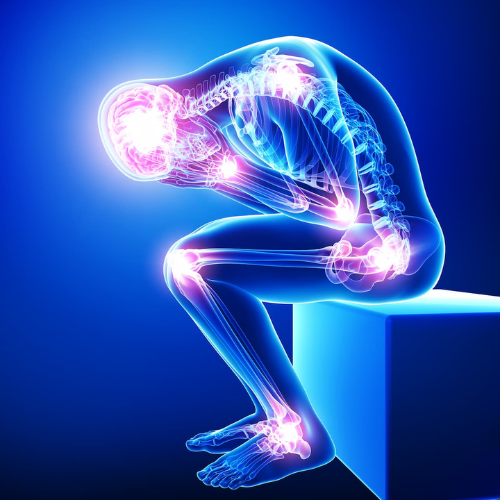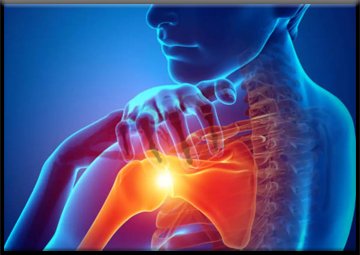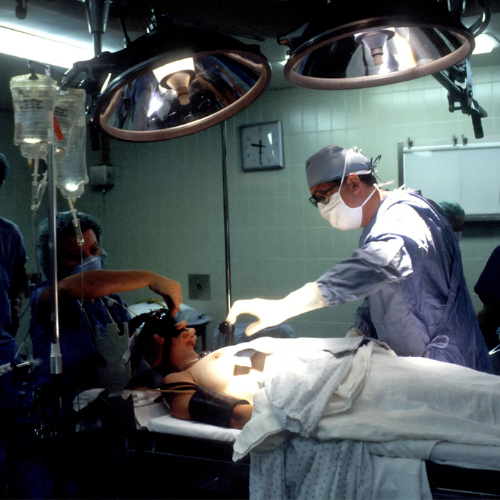Cancer Pain
Cancer pain is a complex and multifaceted experience that can significantly impact the physical, emotional, and psychological well-being of individuals living with cancer. It encompasses a wide range of sensations, from mild discomfort to severe, debilitating pain, and can arise from various factors related to the cancer itself or its treatment.
One of the primary sources of cancer pain is the tumor itself. As cancer cells grow and spread, they can exert pressure on surrounding tissues, nerves, and organs, leading to pain. Tumor invasion into bones, nerves, or other sensitive structures can cause localized or referred pain that may be constant or intermittent in nature.
Cancer-related treatments such as surgery, radiation therapy, chemotherapy, or immunotherapy can also contribute to pain. Surgical procedures may result in post-operative pain, while radiation therapy can cause tissue inflammation, nerve damage, or scarring that leads to pain. Chemotherapy-induced peripheral neuropathy—a condition characterized by nerve damage—can result in tingling, numbness, or shooting pain in the extremities.

In addition to physical factors, cancer pain can also have a significant emotional and psychological impact. Chronic pain can lead to feelings of anxiety, depression, fear, and helplessness, affecting quality of life and overall well-being. Individuals may experience social isolation, sleep disturbances, decreased appetite, and difficulty performing daily activities due to pain.
Managing cancer pain requires a comprehensive approach that addresses physical symptoms while also attending to the emotional and psychological aspects of pain. This may involve a combination of pharmacological interventions, non-pharmacological therapies, and supportive care measures tailored to the individual's needs and preferences.
Pharmacological interventions for cancer pain management include the use of analgesic medications such as opioids, nonsteroidal anti-inflammatory drugs (NSAIDs), adjuvant medications (e.g., antidepressants, anticonvulsants), and localized anesthetics or nerve blocks for targeted pain relief. These medications are often used in conjunction with other treatments to provide optimal pain control while minimizing side effects.
Non-pharmacological therapies for cancer pain management encompass a variety of modalities aimed at reducing pain and improving quality of life. These may include physical therapy, occupational therapy, acupuncture, massage therapy, relaxation techniques (e.g., deep breathing, guided imagery), cognitive-behavioral therapy, and supportive counseling or psychotherapy. These approaches can help individuals develop coping strategies, manage stress, and enhance overall well-being.
In palliative care settings, where the focus is on maximizing comfort and quality of life for individuals with advanced or terminal cancer, pain management takes on added significance. Palliative care teams collaborate with patients, families, and healthcare providers to develop individualized care plans that address pain as well as other physical, emotional, and spiritual needs.
Overall, effective management of cancer pain requires a holistic and interdisciplinary approach that addresses the complex interplay of physical, emotional, and psychological factors. By providing comprehensive care that encompasses pain relief, symptom management, and psychosocial support, healthcare providers can help individuals living with cancer experience greater comfort, dignity, and quality of life throughout their cancer journey.










